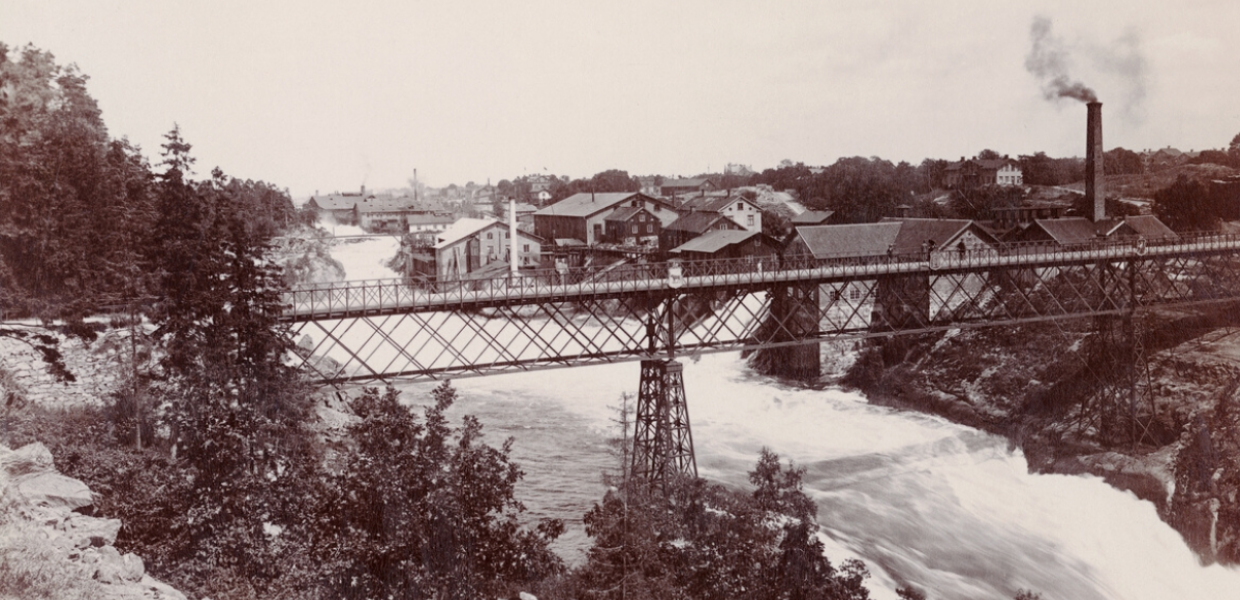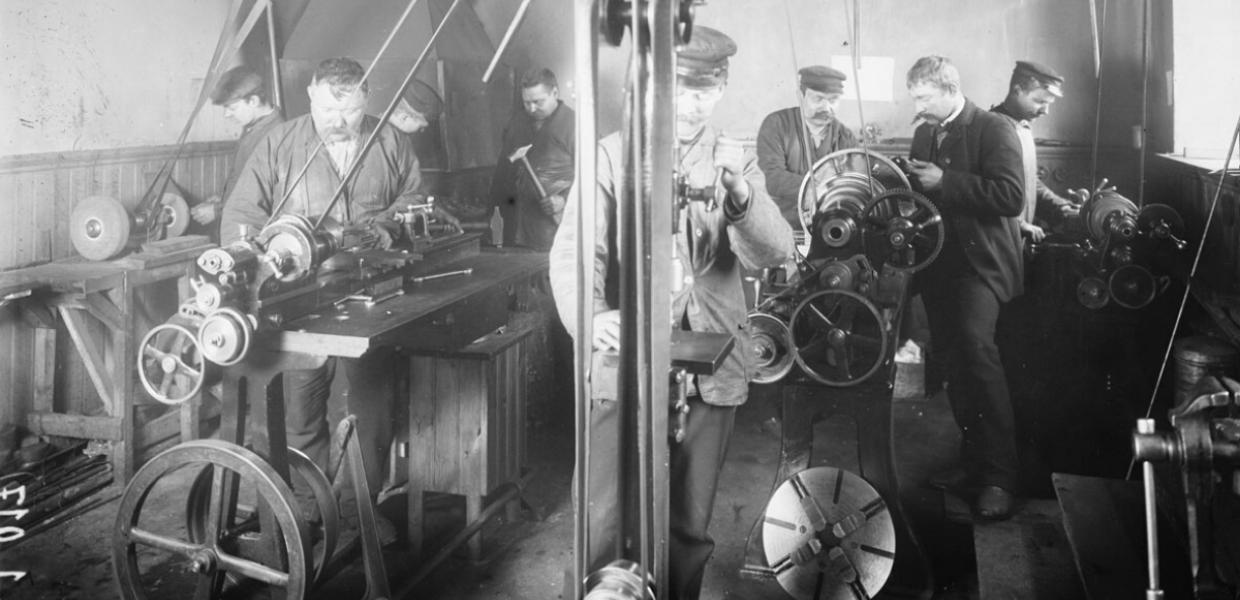Industrial heritage and open licensing at the Tekniska museet
The Swedish National Museum of Science and Technology, or Tekniska museet, was one of the first cultural heritage institutions in Sweden to share their data through their national aggregator, and today, more than 128,000 of their objects are available on Europeana Collections. In this guest post, Larissa Borck of the Swedish National Heritage Board interviews Anders Lindeberg-Lindvet, curator at the Tekniska museet, to talk about the importance of openly-licensed content and contributing to Europeana’s Industrial Heritage collection and Europe at Work season.

- Title:
- Trollhättan. Nya bron.
- Creator:
- Axel Lindahls Fotografiaffär
- Date:
- 1898-01-01
- Institution:
- Tekniska museet
- Country:
- Sweden
- Copyright:
- Public Domain



